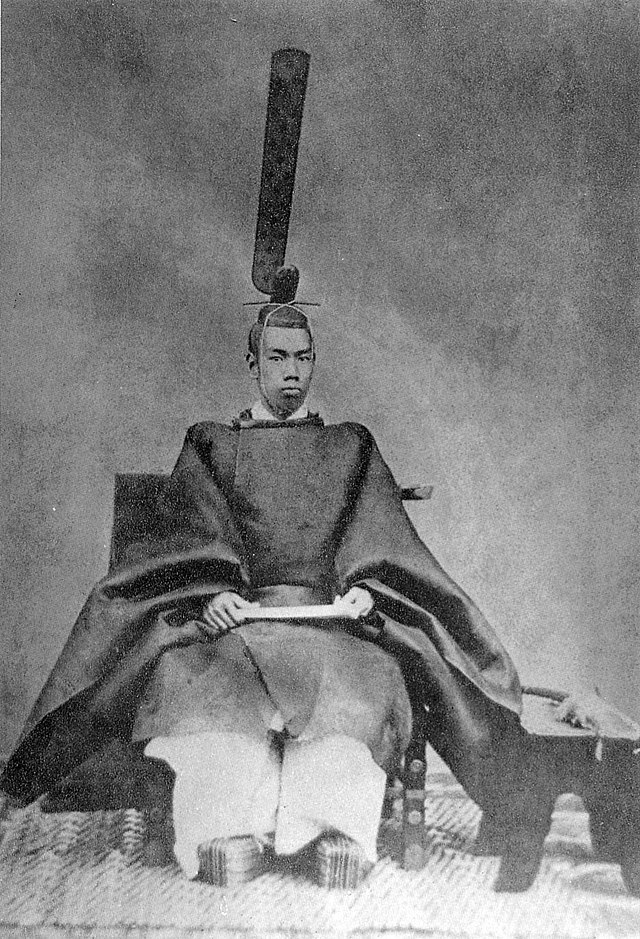Line 57:
[[File:Meiji tenno1.jpg|thumb|upright|[[Emperor Meiji]] {{circa|1888}}]]
In as muchInasmuch as the Meiji Restoration had sought to return the Emperor to a preeminent position, efforts were made to establish a [[Shinto]]-oriented state much like it was 1,000 years earlier. Since Shinto and Buddhism [[Shinbutsu-shūgō|had molded into a syncretic belief]] in the prior one-thousand years and Buddhism had been closely connected with the shogunate, this involved the separation of Shinto and Buddhism ([[shinbutsu bunri]]) and the associated destruction of various Buddhist temples and related violence ([[haibutsu kishaku]]). Furthermore, a new [[State Shinto]] had to be constructed for the purpose. In 1871, the [[Office of Shinto Worship]] ([[:ja:神祇省]]) was established, ranking even above the Council of State in importance. The ''[[kokutai]]'' ideas of the Mito school were embraced, and the divine ancestry of the [[Imperial Household of Japan|Imperial House]] was emphasized. The government supported Shinto teachers, a small but important move. Although the Office of Shinto Worship was demoted in 1872, by 1877 the [[Home Ministry (Japan)|Home Ministry]] controlled all Shinto shrines and certain Shinto sects were given state recognition. Shinto was released from Buddhist administration and its properties restored. Although Buddhism suffered from state sponsorship of Shinto, it had its own resurgence. Christianity also was legalized, and Confucianism remained an important ethical doctrine. Increasingly, however, Japanese thinkers identified with Western ideology and methods.
== Politics ==
|
 Article Images
Article Images